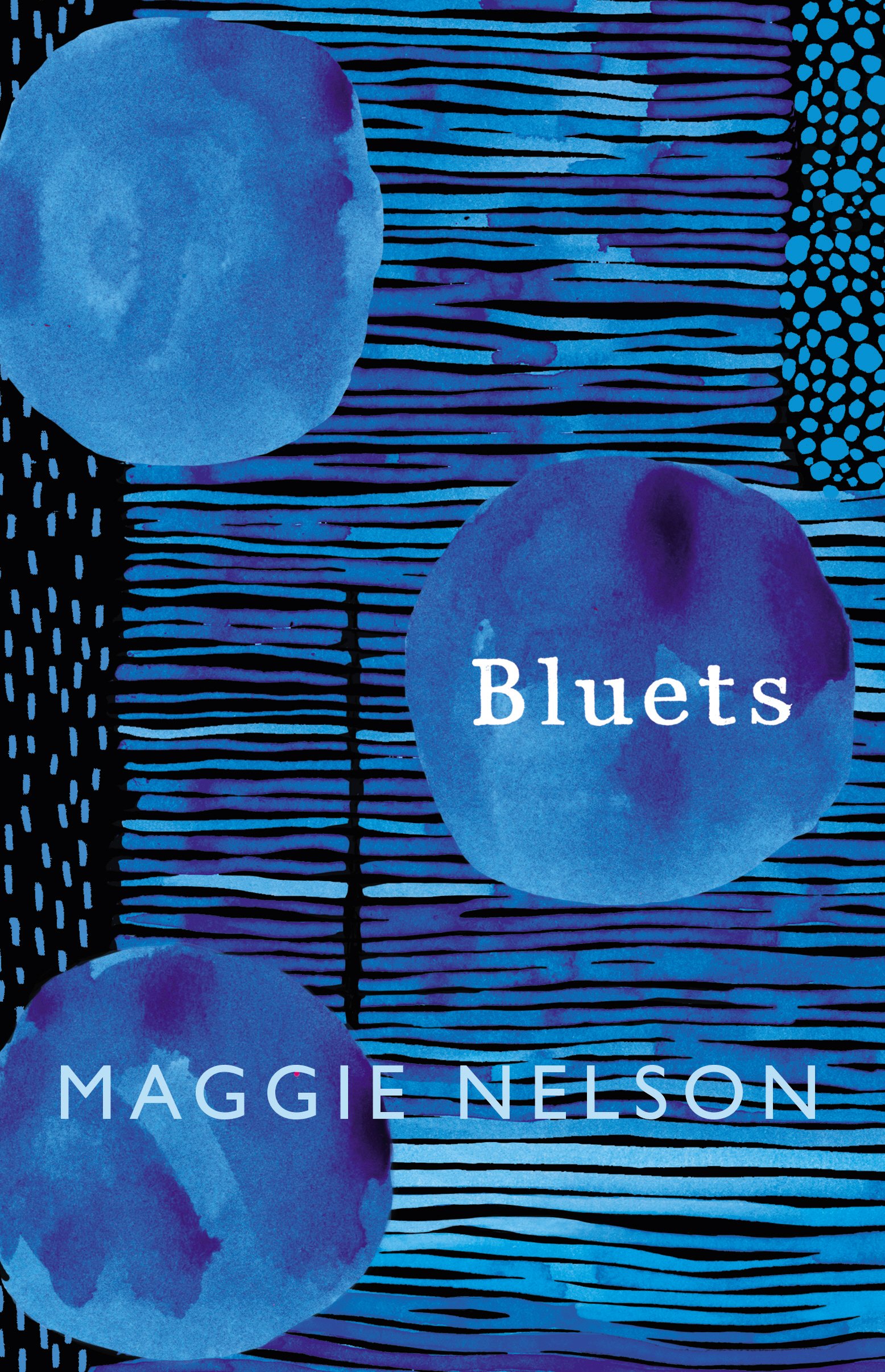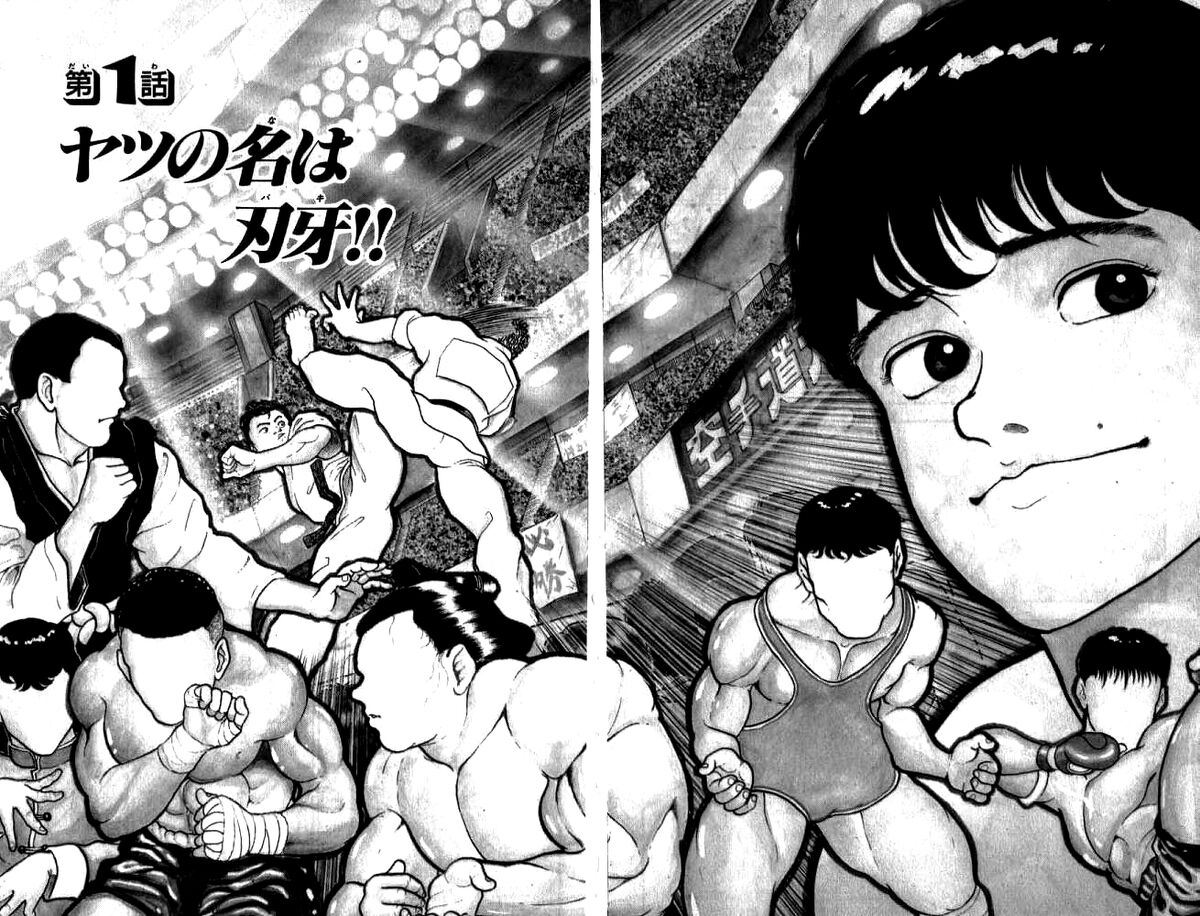A New Era In The Story Of Sumo
from Oncle
The Greatest Athlete Of All Time
In March 2001, Hakuho Sho would fight his first few bouts before getting placed in a low division. In May 2001, he would compete in his first tournament, winning 3 bouts and losing 4, a negative record. Through to the end of 2003, he would post 14 winning records (3 x 6-1, 5 x 5-2, 6 x 4-6, 0 perfect) and 2 losing records (both 3-4, including his first that we have discussed). This is overall a good performance, but more of a performance that just shows that someone is better than those who are not great. Not necessarily an indicator of greatness, but an indicator that they might belong at a competitive rank and hold their own. After the November 2003 tournament, he was promoted to Juryo. This is the second-highest division in sumo, and the start of the salaried ranks where you actually get paid to compete. These ranks also demand 15 bouts instead of 7 per basho.
In his first basho, January 2024, he would win 9 of 15 bouts. This isn't spectacular, but as you reach the salaried ranks, competition is fierce. People just below are fighting like hell to get a salary, and people above are fighting like hell to not lose their salary. Many post losing records for their first second division (Juryo) basho as they adjust to the jump in skill, and the same often happens for their first top division (Makuuchi) basho. A winning record is a good indicator that he belonged at this level and could retain it. At higher ranks, he would be tested again, and in his next basho, he would show a considerable leap in skill, winning the second division championship with a 12-3 score. This would promote him to Makuuchi, the top division.
Where most stumble, he would succeed, posting another 12-3 record and winning a fighting spirit prize for his efforts in his first basho at this level. In 2004, another wrestler, Asashoryu, would win 5 of 6 annual tournaments, including this one. The next year, in 2005, Asashoryu would win all 6 tournaments.
Pictured: Asashoryu

While Hakuho could not win, at this time, he would prove himself a strong wrestler. Posting a few very strong double-digit scores, but mostly just favourable scores, he would work his way to the top of the rankings. In Sumo, you can get to a rank called Sekiwake by just posting positive scores. Once at Sekiwake, if you post ~33 wins over 3 basho (average 11-4 or better), you get promoted to Ozeki. He would get this with 9 wins in November 2005, 13 wins as a runner-up to the winner in January 2006, and 13 wins as a runner-up again in March 2006. While the sumo administration generally does not promote if one record is 9 wins, the other two in this Ozeki run were dominant enough to warrant promotion. The decision proved the right choice, with our wrestler winning his first Yusho (championship) with a 14-1 score in his first Ozeki performance in May 2006. Asashoryu would still win the remaining 3 Yusho in the year, leading to Asashoryu having 4 Yusho total in 2006. In the last 3 tournaments, Hakuho would have another runner-up performance on one, a mediocre but still positive performance in another, and sit out the last due to injury.
Hakuho's next decade would look like this. Yusho are in green. Runner-up tournaments are in yellow:
Pictured: Hakuho


He won 35. He was the runner-up for 16. In 2010, he won 63 fights in a row, losing only 4 times that calendar year. Of 60 total tournaments, he won or was inches away from winning for 51 of them. In 12 of his championships, he was undefeated. This is in a combat sport. This is, quite simply put, probably the most dominant performance of any athlete across any sport in history.
For the rest of Hakuho's career, he would be plagued with injury, sitting out many basho and having many partial performances. He won 5 more tournaments, which is still a record that would be considered very dominant for most. When he competed for a full basho, he would still be expected to win, but his time was running out. He would retire at the end of 2021 after posting a 15-0 Zensho-Yusho (undefeated championship) in July as a send-off, marking the end of the Hakuho era.
Hakuho holds the record for: Most Yusho (45), most Zensho-Yusho (16), most consecutive Yusho (7), most playoffs (10), most wins (1187), most top division wins (1093), most wins in a calendar year (86) (tied with himself at another 86 record), the highest win rate (84.6%), and surely more if you start inventing stats like they do in baseball. But now, Hakuho had retired. After a decade and a half of straight dominance, without Hakuho, what would things even be like?
The Shadow of Hakuho
As sumo goes, things can only happen when the sumo administration wants them to happen. Hakuho's last competing tournament ended with him 14-0 against Terunofuji, also 14-0, who had won the previous two tournaments. Hakuho won, going 15-0, and Terunofuji got promoted to Yokozuna, ensuring that the top spot was not vacant. Teru was, despite having both his knees obliterated twice, an incredibly dominant Yokozuna, his chart here:
Pictured: Terunofuji
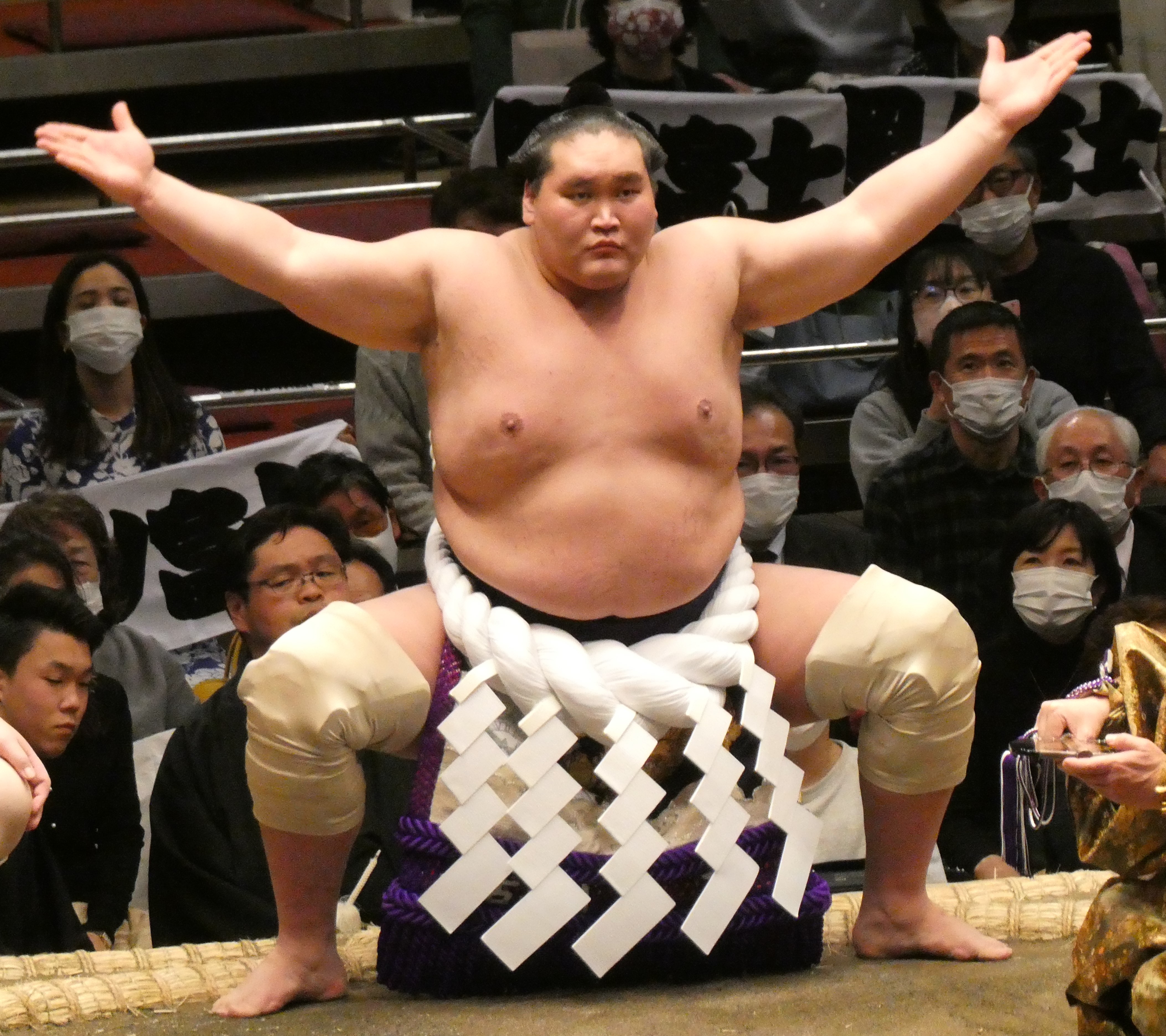

Terunofuji, or Big Teru, or simply just Teru, was a force of nature. He was so immensely strong and stable that there was a meme of “Teru wins lol”. You could charge hard, you could get low, you could get a double inside grip, you could get beside him, you could keep him off your belt, and at the end of the day, Teru wins lol. Why did you even bother with all that? There was only one problem, which may be apparent looking at this. His body was not in a great state. He had made it to Ozeki before this, but his knees imploded, his diabetes acted up, and he got kidney stones, so he took some time to heal and got demoted to the bottom of the rankings before returning and pulling all of this off. He would continue to get injured, to the point that when he retired, I wasn't even sure his knees ever existed in the first place.
Big Teru, having an imminent retirement for a couple of years, demanded the question of who would be next. There were some other promising wrestlers bubbling in the rankings:
In 2022, Mitakeumi was gaining some real momentum and, after hanging around the upper ranks for a while, had a very strong run, resulting in a championship and making Ozeki. In his first tournament at Ozeki, he would injure his shoulder and not take the time to get surgery for it to actually recover. Losing a central tenet of his power, he has remained a shell of his former self, in the bottom ranks of the top division.
Pictured: Mitakeumi

Kirishima, with incredible speed, power, and tactical ability, would also make Ozeki. He would win a Yusho as Ozeki, but last only one year, with injury preventing him from being able to apply the entire range of his sumo. Kirishima still shows incredible potential, but remains inconsistent as he makes the necessary adaptations to his style with some nagging injuries. At 29 with still incredible skill, it is not unlikely that with some more consistency, he may be able to regain Ozeki status.
Pictured: Kirishima

Hoshoryu, the nephew of the previously mentioned Asashoryu, was also climbing the ranks, making the top division in September 2020. Not a clear superstar out of the gate, but incredibly tricky and remarkably consistent, he slowly started gaining steam, rising in the ranks, and getting more wins. Hoshoryu is an incredible tactician, but loves risky plays. This has made him inconsistent, which he countered by doing almost strict belt battles for a while until he was one of the strongest. Making the top ranks in January 2022 and posting 10 winning records in a row, Hoshoryu would start posting fairly consistent double-digit wins and make Ozeki in September 2023. Hoshoryu was great, but his inconsistency made it clear that he was not picking up the torch of sheer dominance that we were used to. We will return to Hoshoryu later.
Pictured: Hoshoryu. Note: Hoshoryu often looks very angry while fighting because he has trouble seeing without his glasses

Kotonowaka (now Kotozakura) would make the top division mid-2020 and stay there starting 2021. Similar to Hoshoryu, he would slowly but consistently work his way up the rankings, slowly but steadily making improvements until he would make Ozeki in March 2024 after two jun-yusho. As he made Ozeki, he would change his name to Kotozakura, his grandfather's name. Kotozakura would have a pretty monstrous 2024, posting double-digit wins in 5 of 6 basho, and beating Hoshoryu to win 14-1 in November in a tournament where they were both dominating the rest of the field. Unfortunately, he would sustain an injury and, in 2025, he posted a 5-10 score, 9-5-1 score (1 absence due to injury), and the remainder would be 8-7. Not bad, but not nearly the dominance that could have been. He remains Ozeki and hopefully is able to return to dominant form.
Pictured: Kotozakura

In March 2024, the tournament in which Kotozakura made Ozeki with a jun-yusho, another rikishi exploded onto the scene. In his first top division tournament, he would win the Yusho with a 13-2 score, becoming the first wrestler in 110 years. In his 14th fight against Asanoyama, he would injure his ankle, forcing him to leave in a wheelchair. He would still win his 15th fight, but sitting out would cause him to get demoted in the following tournaments. He has since returned to the top division and shows flashes of brilliance when uninjured, but he has shown some persistent injuries, making it a big ask.
Pictured: Takerufuji

A New Era Emerges?
After making Ozeki and getting 9 winning records in a row, Hoshoryu would make it, getting a jun-yusho (1 short of winning) score of 13-2, followed by a 12-3 yusho. The 13-2 was considered equivalent to a yusho, and he was promoted to Yokozuna. While Hoshoryu has still struggled with some mild inconsistencies, he has continued to improve and is now an incredibly consistent title challenger, almost always in the title picture. Every year, he seems to just get better, and continuing to do so year over year now has him as a significant threat to all opponents. I believe he is the only rikishi with a winning record over the next rikishi we will discuss, Onosato.
Pictured: Hoshoryu


2024 would also see a giant in Onosato make the top division. Onosato has been incredibly dominant, with most bouts looking like he simply needs to escort his opponents out of the ring. He is an absolute monster at 6'4 410 lbs, but also incredibly fast on his feet. Onosato is easily the most dominant right now. Where other people are competing to get a yusho, Onosato is competing for a zensho-yusho. He is brand new, but just agility mixed with monstrous physical prowess means it's hard to find a real counter to his style. People were looking for Onosato to show Hakuho-like dominance, and while he has been incredible, watching how good Onosato is, then looking at Hakuho's record shows just how insane Hakuho was. Onosato is yet to post a losing record, and having made Yokozuna, it is not unlikely that he never will.
Pictured: Onosato


Last but not least, Aonishiki, one of two Ukrainian wrestlers, has just hit the scene. Something remarkable about Aonishiki is that he has so far almost exclusively posted the same score. When he was fighting 7 bouts, he would get 6-1. When fighting 15 days, he would get 11-4, no matter what level his opponents were. He has an amazing style of staying low, getting in close, and being incredibly stable on his feet. Once he is in below someone's stance, it is incredibly hard to fight back, and also hard to try to push him down because of his quick pivots and throws. In his last tournament, he managed to win a playoff against Hoshoryu, whom he has never lost against, and will begin his next tournament as our newest Ozeki. Having a little shrine to his success would be a cool addition to any Ukrainian restaurant in the city.
Pictured: Aonishiki


So we have some strong challengers, but also three competitors distinguishing themselves in the current moment. To further this, Hoshoryu keeps beating Onosato, Onosato keeps beating Aonishiki, and Aonishiki keeps beating Hoshoryu. While none of them have shown the absolute domination that was Hakuho, I think having a few people competing at such a high level makes it all the more exciting. It might just be the most exciting time in sumo in years.
The Next tournament is from January 11 to January 25. With daily updates (one day delayed once the tournament starts) HERE

 In this we can see that the kicking form of football has already become significantly less violent that its ancestor game of Harpastum, even before the Cambridge rules neutered it totally. Even so, it seems that while you could not tackle your opponent outright (“therefore there is a law that they must not strike higher than the ball”), you could still trip them down. Willughby describes the carrying game – which he refers to as hurling – as follows:
In this we can see that the kicking form of football has already become significantly less violent that its ancestor game of Harpastum, even before the Cambridge rules neutered it totally. Even so, it seems that while you could not tackle your opponent outright (“therefore there is a law that they must not strike higher than the ball”), you could still trip them down. Willughby describes the carrying game – which he refers to as hurling – as follows:
 Red harvester ants. So cute!
Red harvester ants. So cute! making this image was painful
making this image was painful the original was lost, this is the contemporary version, still by Breguet (the brand not the dude this time)
the original was lost, this is the contemporary version, still by Breguet (the brand not the dude this time)
 this definitely fits
this definitely fits refresher on watch dimensions
refresher on watch dimensions



 BVLGARI Serpenti Secret Watch and Micromilspec Milgraph
BVLGARI Serpenti Secret Watch and Micromilspec Milgraph














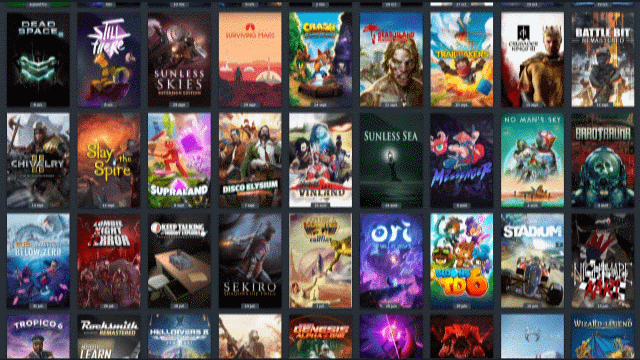








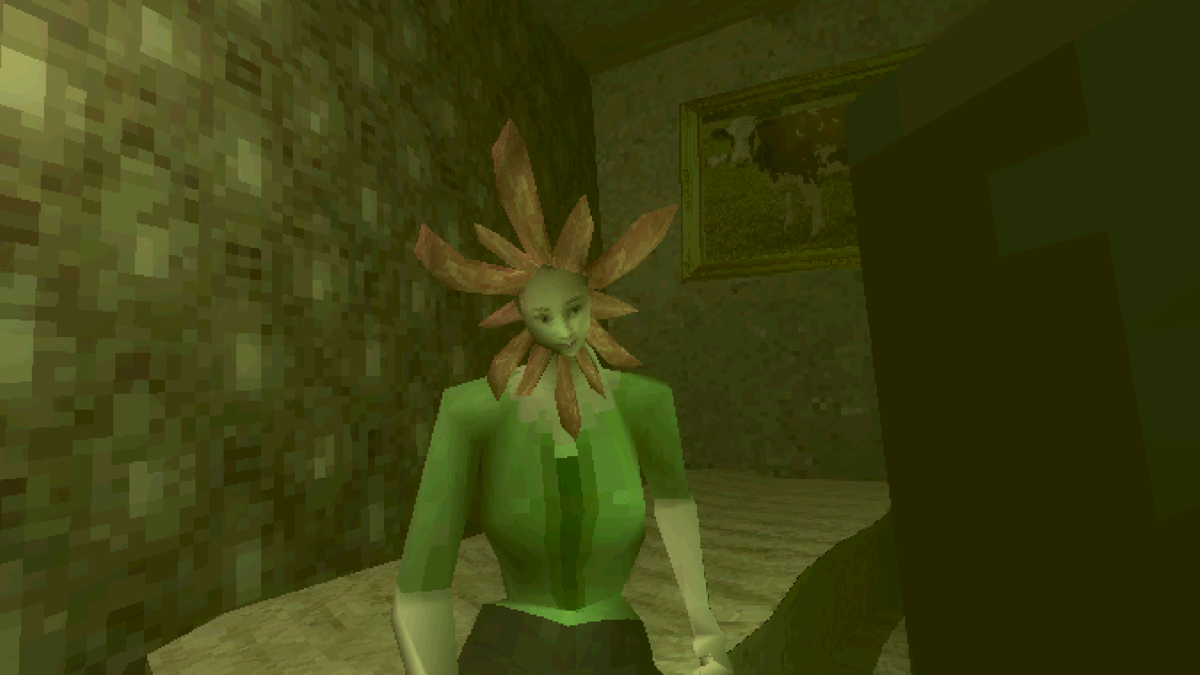





 All in all, I only got ~3.5 years of solid training under my belt, and 2 years of consistent training is my longest training streak. I mean to break that.
All in all, I only got ~3.5 years of solid training under my belt, and 2 years of consistent training is my longest training streak. I mean to break that.



 exercises grouped together with colours are supersetted, and the numbers are the number of sets
exercises grouped together with colours are supersetted, and the numbers are the number of sets



 The dark purple line is my measured weight, the weight on the scale I enter every morning, and the light purple line is my extrapolated “real” weight according to the app. At least with macrofactor I don't have to bother making graphs
The dark purple line is my measured weight, the weight on the scale I enter every morning, and the light purple line is my extrapolated “real” weight according to the app. At least with macrofactor I don't have to bother making graphs




